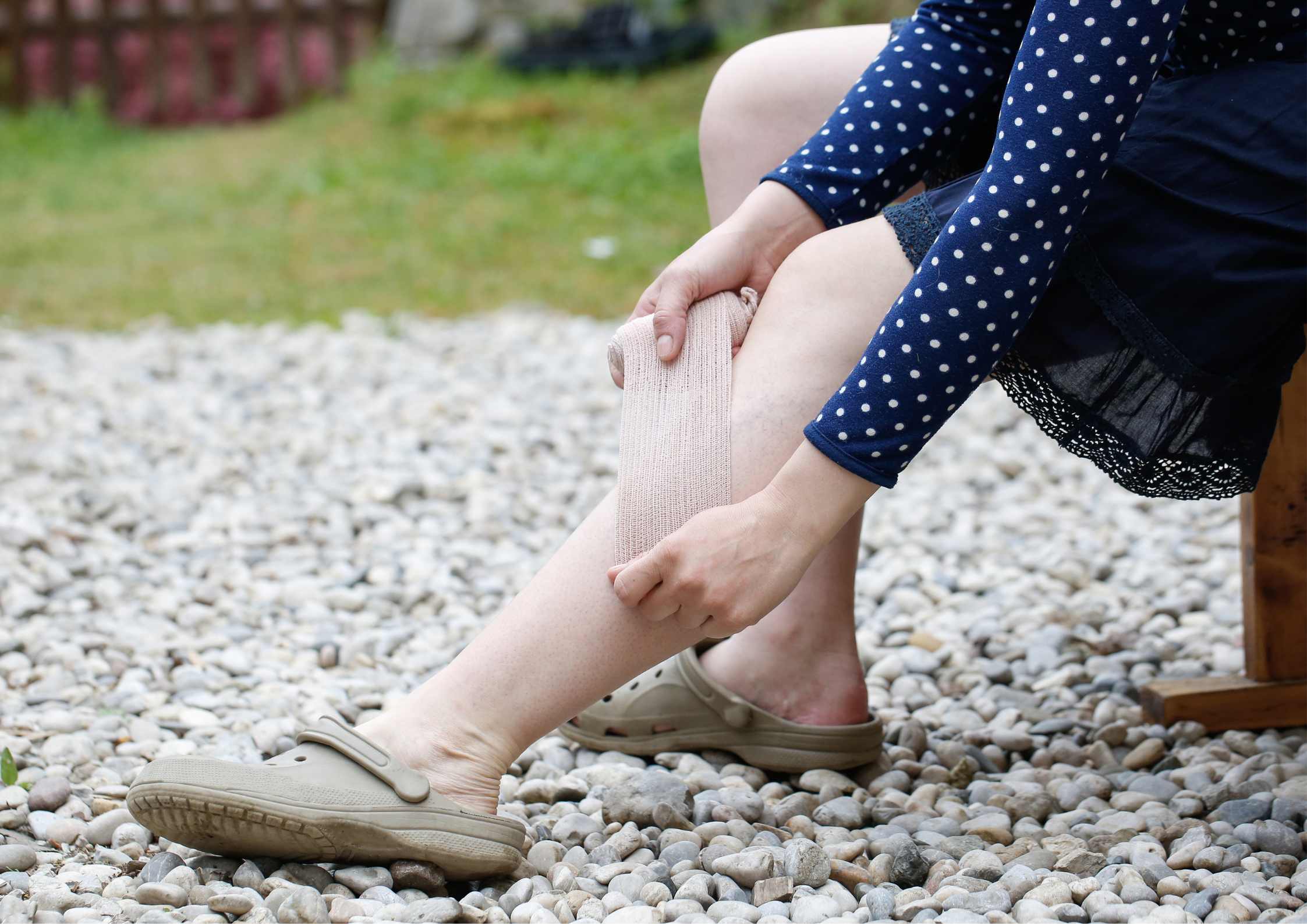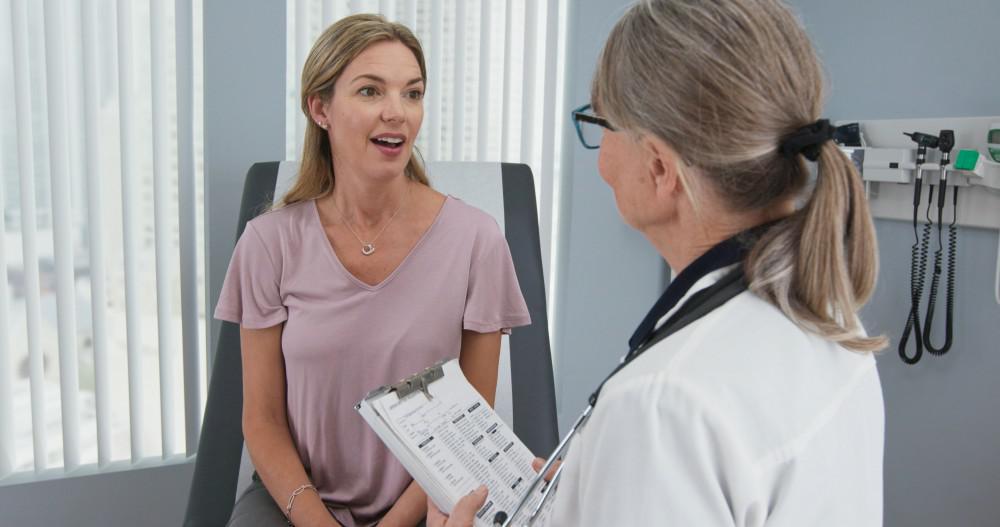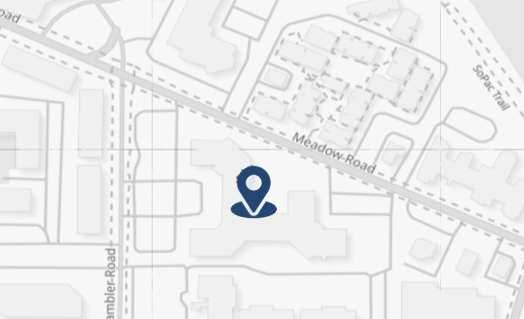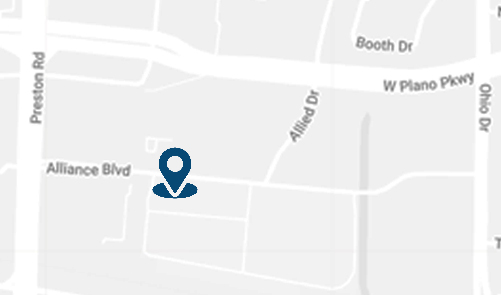Peripheral artery disease (PAD) is a medical condition that affects the arteries which supply blood to your limbs, most commonly your legs. This disease is typically characterized by leg pain, cramps, numbness, the formation of ulcers, and in severe cases, gangrene.
At the heart of this article is the intention to provide comprehensive information on PAD’s diagnosis, treatment, and preventive measures.
Here at Texas Vascular Institute, a well-regarded vein specialist clinic located in Hurst, we offer thorough and personalized care for PAD and a host of other vascular conditions.

What Causes Peripheral Artery Disease?
PAD is primarily caused by atherosclerosis, a condition where plaque builds up inside the arterial walls. This buildup narrows the arteries and makes them hard.
Risk factors that amplify the odds of developing PAD include:
- Aging
- Tobacco use
- Diabetes
- High blood pressure
- High cholesterol
- Obesity
- Family history of vascular disease
The Impact of Peripheral Artery Disease on Heart and Brain Health
PAD isn’t just a disease of the limbs. It’s a clear sign of systemic atherosclerosis, which can also impact the arteries that supply blood to your heart and brain. As such, PAD increases the risk of heart attacks and strokes, the top causes of death and disability in the U.S.
Symptoms of a heart attack or stroke include:
- Chest pain
- Shortness of breath
- Pain in the arm or jaw
- Sudden weakness
- Numbness
- Slurred speech
Diagnosing Peripheral Artery Disease
Diagnosing PAD can be challenging. The disease often goes unnoticed until it leads to a severe complication.
However, a variety of tests can assist in detecting PAD:
- Physical Examination
- Ankle-Brachial Index (ABI)
- Doppler Ultrasound
- Angiography
- Magnetic Resonance Angiography (MRA)
- Computed Tomography Angiography (CTA)
If you notice any symptoms of PAD or its complications, don’t hesitate to seek medical attention. Prevention is always better than cure, and catching diseases like PAD early is vital to effective treatment.



How is Peripheral Artery Disease Treated?
Treating PAD aims to alleviate symptoms, enhance blood flow, and prevent complications. Several options can be pursued depending on the severity of the condition:
Lifestyle Changes: Crucial adjustments include quitting smoking, managing diabetes, reducing blood pressure and cholesterol levels, regular exercise, and adopting a healthy diet.
Medications: Patients might be prescribed antiplatelets (like aspirin or clopidogrel) to prevent clotting, statins to lower cholesterol, angiotensin-converting enzyme (ACE) inhibitors to lower blood pressure, or cilostazol or pentoxifylline to improve blood flow and reduce leg pain.
Endovascular Procedures: These minimally invasive techniques involve the use of catheters and devices to open up blocked arteries and restore blood flow. Options include:
- Angioplasty: Inflating a balloon inside the artery to widen it.
- Stenting: Inserting a metal mesh tube inside the artery to keep it open.
- Atherectomy: Removing plaque from the artery with a rotating blade or laser.
- Thrombolysis: Injecting clot-dissolving drugs into the artery.
Bypass Surgery: Creating a detour around the blocked artery using a graft from another part of the body or a synthetic material.
Amputation: In severe cases where the limb is severely damaged or infected, part or all of it may need to be removed.
The benefits of endovascular procedures over surgery are numerous, including a higher success rate, lower complication rate, shorter recovery time, and less pain, and they’re often performed under local anesthesia and sedation. Plus, they are typically covered by most insurance plans.
Texas Vascular Institute has a dedicated team of seasoned vein specialists who can perform endovascular procedures for PAD and other vascular conditions.
Preventing Peripheral Artery Disease
While there is no surefire way to prevent PAD, certain lifestyle adjustments can lessen the risk of its development or exacerbation:
- Quit smoking and avoid exposure to secondhand smoke.
- Control diabetes and maintain blood sugar levels within the normal range.
- Lower blood pressure and cholesterol levels, either with medications or natural remedies.
- Exercise regularly and avoid prolonged sitting or standing.
- Adopt a balanced diet that’s low in saturated fat, salt, and sugar but rich in fiber, fruits, vegetables, and lean protein.
- Maintain a healthy weight, and if needed, lose excess weight.
- Regularly check your legs and feet for any signs of poor circulation or infection.
Frequently Asked Questions and Myths About Peripheral Artery Disease
There are numerous questions and misconceptions surrounding PAD. Let’s delve into some common inquiries and dispel some myths:
How common is PAD, and who is at risk?
PAD affects millions of people worldwide. Anyone can be at risk, but the odds increase with factors such as age, tobacco use, diabetes, high cholesterol, obesity, and a family history of vascular disease.
How can I prevent PAD or slow down its progression?
While there’s no guaranteed way to prevent PAD, lifestyle modifications like quitting smoking, managing diabetes, lowering blood pressure and cholesterol levels, exercising regularly, and eating a balanced diet can reduce your risk and slow progression.
What are the potential complications or side effects of PAD treatment?
Like any treatment, PAD treatments can have side effects. However, many are minor and manageable. Potential complications can include bruising, bleeding, infection, or damage to the blood vessel. It’s crucial to discuss these potential risks with your healthcare provider.
How long does it take to recover from PAD treatment?
Recovery times vary based on the type and extent of treatment, but minimally invasive treatments typically have shorter recovery times.
Will I need to take medications for life after PAD treatment?
This depends on your specific situation. Some patients might need lifelong medication, while others might not. Your doctor will discuss this with you.
Myth 1: PAD only affects older people or people with other health problems.
While age and other health issues can increase your risk, PAD can affect anyone, regardless of age or health status.
Myth 2: PAD is not a serious condition and does not need treatment.
PAD is a serious condition that can lead to critical complications like heart attacks and strokes if left untreated.
Myth 3: PAD treatment is painful, risky, or expensive.
Minimally invasive treatments for PAD are generally well-tolerated, have fewer risks compared to surgery, and are often covered by insurance.
Myth 4: PAD treatment will cure the condition permanently.
While treatments can significantly improve symptoms and blood flow, they do not cure PAD. It’s essential to continue with lifestyle modifications and follow-ups with your doctor.

Conclusion
Peripheral Artery Disease is a common but serious condition that can lead to life-threatening complications if not treated promptly. Diagnosis, treatment, and preventive measures all play a critical role in managing this disease.
At Texas Vascular Institute, we’re dedicated to providing comprehensive, personalized care for PAD and other vascular conditions. If you have any questions or concerns about PAD, feel free to reach out to us.
Contact us today to schedule a consultation with our skilled vein specialists at 972-798-4710. Your vascular health is our top priority. Let us partner with you on your journey toward better health.
WHAT OUR PATIENTS
have to say
Texas Vascular Institute always appreciates feedback from our valued patients. To date, we’re thrilled to have collected 378 reviews with an average rating of 5 out of 5 stars. Please read what others are saying about Texas Vascular Institute below, and as always, we would love to collect your feedback.
Leave a Review
Amazing Practice
I'm very particular with my Healthcare and tend to be cautious with referrals to specialists. This office is amazing from the first point of contact. Their staff are friendly, professional and highly knowledgeable. Then the Dr is just as amazing as his staff, absolutely brilliant. Office manager Jessica has this office running like a well oiled machine and does so with a smile, an air of confidence, kindness and professionalism. Love this practice!!
- Richard G.

Beyond Thankful
Dr Batra and his staff are amazing! We are so grateful to have found him. Everyone is so kind and so caring and Dr Batra explains everything so well and does procedures with excellence. Beyond thankful to be under their care!!!
- Bitsy P.

Gold Standard
This is a gold standard for how a medical practice should be run. I was promptly seen at my scheduled time, my ultrasound was thorough and I received plenty of attention and care from the staff and Dr.Batra.
- Weronika L.
INSURANCE
We accept most major insurance plans. Please contact the medical office for all insurance related questions.









8330 Meadow Rd #100
Dallas, TX 75231
For Appointments: 972-798-4710
General Inquiries: 972-646-8346

809 West Harwood Rd, Suite 101,
Hurst, TX 76054
For Appointments: 972-798-4710
General Inquiries: 972-646-8346

4716 Alliance Blvd Suite #180,
Plano, TX 75093
For Appointments: 972-798-4710
General Inquiries: 972-646-8346

